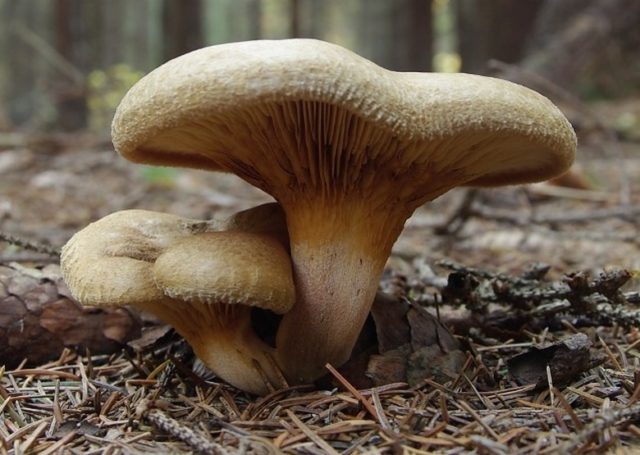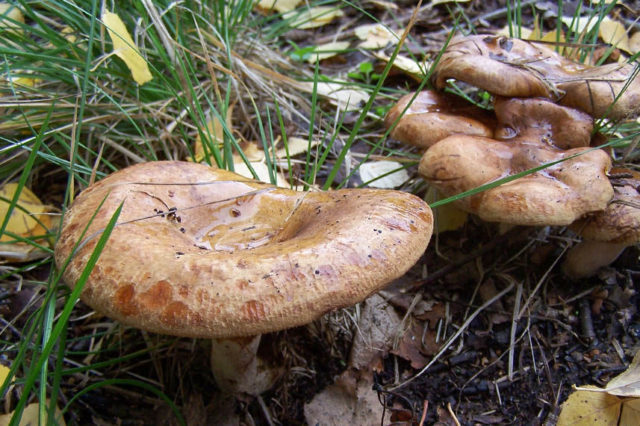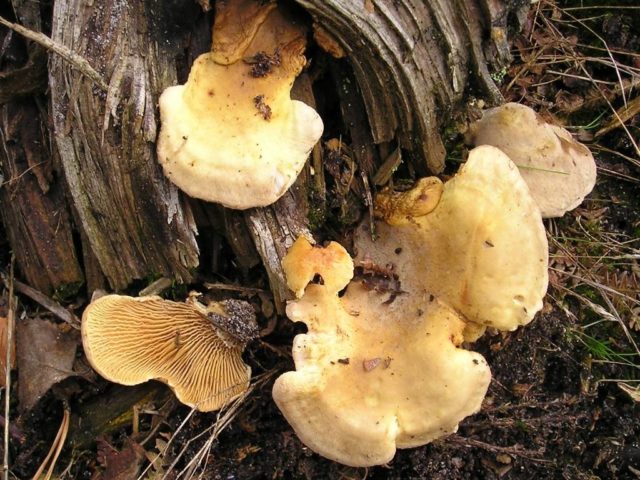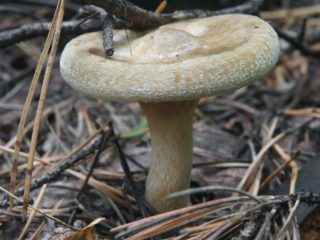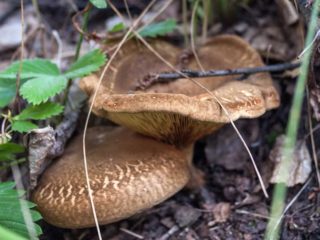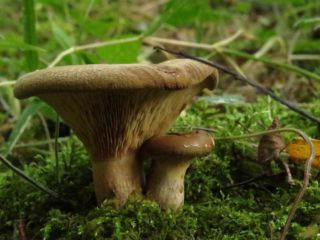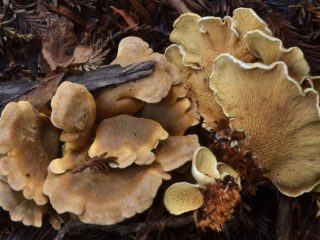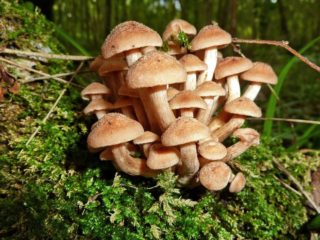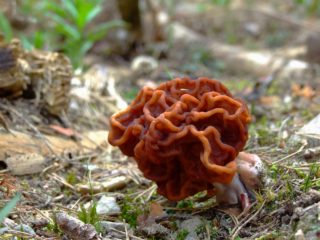Content
The alder pig (from the Latin Paxillus rubicundulus) has become the source of controversy over its edibility. In wartime, pigs were used to escape hunger; some people make preparations from them, boil and fry them, considering them safe. Scientists urge people to stop collecting these mushrooms due to their high toxicity.
Where does alder pig grow?
Alder belongs to the family Paxillaceae, genus Paxillus.
Has several names:
- aspen;
- dunka;
- barn;
- pig;
- Solokha;
- pigman;
- pig's ear;
- Khavroshka;
- fetyukha;
Some common names arose due to the mushroom's resemblance to a pig's heel or ear. The origin of others is unknown.
More often you can hear “aspen” or “alder” pig, i.e.because it grows mainly in deciduous or on the edges of coniferous forests under aspen or alder trees, and is sometimes found on old anthills and tree roots. The mushroom is widespread in temperate climates. Fruits from July to September. Prefers moist soil. It grows in groups, but is rarely seen.
What does an alder pig look like?
Young alder specimens are distinguished by a convex cap with the edges tucked into the stem. The cap can reach 15 cm in diameter. In adult mushrooms, it becomes disproportionately shaped, flatter (sometimes in the form of a small funnel), compacted, with a depression in the middle, and covered with cracks. The color of the cap is light gray or light brown with a reddish or yellow tint. The surface is velvety and dry, with dark scales, sticky after long rains.
The plates on the back side of the alder dandelion cap are uneven, downward, narrow, have bridges at the base, and are of a lighter color than the cap. The plates separate easily and darken with slight pressure.
The mushroom grows up to 7 cm in height, the diameter of the stem is up to 1.5 cm. The color of the stem is lighter than the cap or the same, it can be narrowed towards the base or cylindrical, full inside, the surface is smooth or fleecy, darkens when pressed.
The pulp is dense, white or yellowish, soft, yellow and loose with age, and does not immediately darken when cut.
Is it possible to eat alder pig?
The alder species has a pleasant mushroom smell and taste. But, despite this, you need to carefully study the photo and description of the alder pig so that you never put this mushroom in your basket.
Previously, the aspen mushroom was classified as a conditionally edible mushroom, but the species was officially classified as a dangerous and poisonous mushroom in 1984.
Based on the results of many years of research, it turned out that pork contains a persistent poison - muscarine, which does not disappear even after many hours of cooking. This poison is twice as active as that found in red fly agarics. After eating pigs, intoxication can quickly develop.
Scientists have found that alder is also dangerous because the pulp contains a lot of antigen protein that can stick red blood cells together. This can lead to blood clotting, rupture of blood clots in the vessels or heart muscle, which often ends in death. But this does not occur immediately after eating pork, so death is not always associated with poisoning.
Proteins can accumulate in the tissues of the human body for a long time and will make themselves felt when there are too many of them: first, anemia will appear, various thromboses will begin to develop, and a heart attack or stroke will suddenly occur, which no one will associate with mushrooms.
Also, aspen pigs are capable of accumulating heavy metals, and since the environmental situation in the world is significantly deteriorating, there are more poisons in these mushrooms.
Mushroom pickers often emphasize that pig mushrooms are often worm-eaten, which means they are not life-threatening. It is a mistake to believe that worms do not touch poisonous mushrooms, but the same fly agarics have become food for many insects and their larvae.
Similar species
There are 35 species in the genus of pigs, some of which are very similar to each other. For example, with the thin pig, it is difficult to visually distinguish them. The alder cap has scales and is more orange, while the thin one has an olive-brown cap.Thin ones grow in large groups in young birch trees or near oak trees. They are poisonous.
The fat pig has a very short and wide leg; the mushroom grows in coniferous forests. It is edible, but of low quality.
The ear-shaped pig lives in coniferous forests; it is distinguished from the alder by a small, practically absent leg, which merges with the cap. It is considered a poisonous mushroom, which is also not eaten due to the large number of toxins that disrupt hematopoiesis.
Application
In China, alder pig is used as a muscle relaxant.
Despite the toxicity proven by scientists, the mushroom continues to be eaten and stored for the winter, which is categorically not recommended by scientists and doctors.
Alder pig poisoning
Alder pig eaten as food can cause poisoning, accompanied by mild or severe symptoms:
- vomiting;
- increased salivation and sweating;
- nausea;
- decreased blood pressure;
- diarrhea;
- abdominal pain;
- weakness;
- dizziness.
Antigens of the fungus, accumulating in the body, cause anemia, kidney and liver failure, which can result in a sudden and inexplicable death after decades.
Conclusion
Alder mushroom is an insidious mushroom. Scientists advise to beware and not to try pork, no matter how others praise it. And if this has already happened, at the first signs of poisoning you need to call an ambulance and, while waiting for the doctors to arrive, rinse your stomach and cleanse your intestines with saline solution. A large portion of pork can cause swelling of the brain or lungs. If you do not call for help in time, there is a high probability of death.
